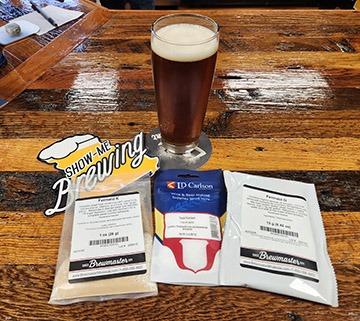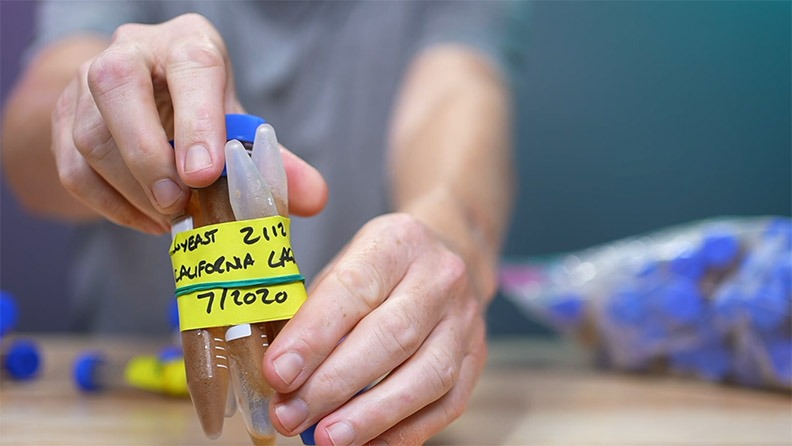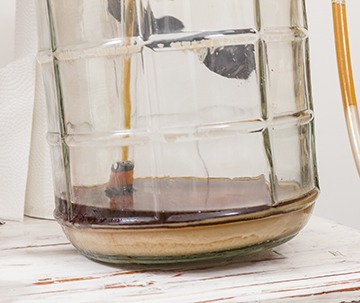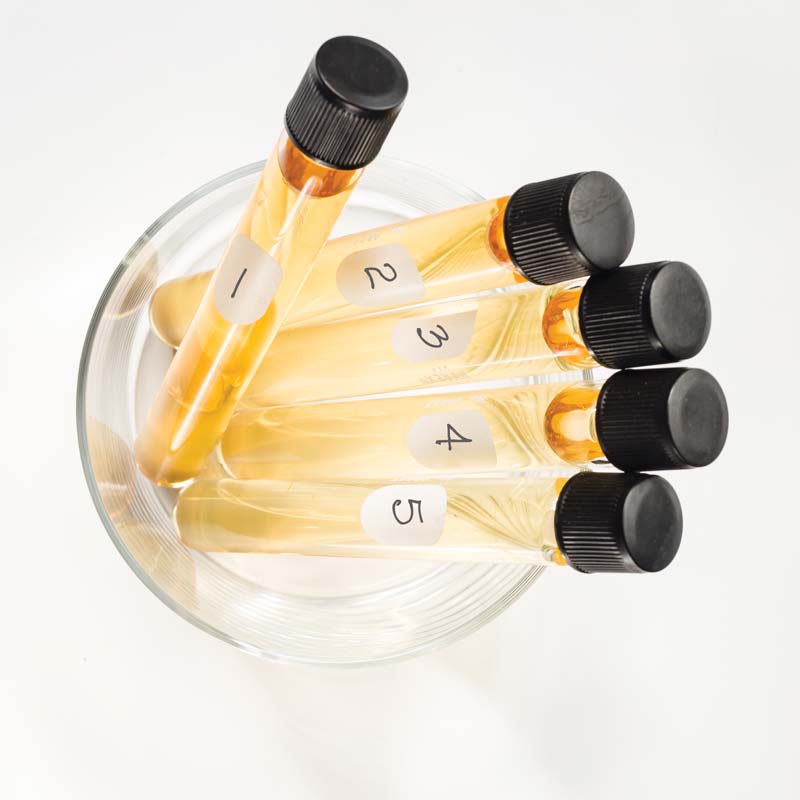Don’t miss our New England Beer & Baseball adventure in 2026! Click here to register!
Articles
Posts
-
 Article
Article
Yeast Nutrients
Does your wort require yeast nutrients to help the yeast fully ferment it? Learn what factors impact wort nutrient levels, and what yeast nu
-
 Article
Article
Pitch to Profit
Yeast makes up a significant percent of the cost of ingredients for a batch of beer, but it also offers opportunity for nanobreweries to fin
-
 Article
Article
Choosing the Best Yeast
Yeast selection is one of the most critical decisions in recipe formulation. Learn more about what factors should influence this decision, f
-
 Article
Article
The Secrets to Freezing Yeast
The cost savings of reusing yeast is significant, but a downside is that you have to brew your next batch before the viability of the yeast
-
 Article
Article
Unlocking the Causes of Haze
Researchers at Omega Yeast have recently discovered a number of factors that contribute to hazy beer. Whether you want a stable haze in New
-
Article
Get the Most from Kveik Yeast
Kveik yeast is unlike any other species of brewing yeast. It ferments clean at hot temperatures even if underpitched, and it can easily be d
-
Article
Reusing Yeast
Three pros share advice on harvesting, storing, and repitching yeast generation after generation.
-
 Article
Article
Yeast on Repeat
There are many reasons homebrewers may want to reuse yeast, starting with cost savings. And there are also many ways to do it, from easy met
-
 Article
Article
Yeast Flocculation
Yeast suppliers list flocculation attributes of each yeast strain, but what exactly does it mean, and why should we take it into considerati
-
 Article
Article
A Fresh Look at Dry Yeast
Dry brewer’s yeast has come a long way in the last few decades. Innovations and new strains have made dry yeast a choice that is growing v
-
 Article
Article
Using Quick-Souring Yeasts: Tips from the Pros
Homebrewers often think of kettle souring as the easiest route to quick-soured beers. However, new yeasts on the market both sour and fermen
-
 Article
Article
Yeast Pitch Blends
With the advent of monoculture brewing in the late 1800s, most breweries around the world have slowly moved away from their traditional yeas
